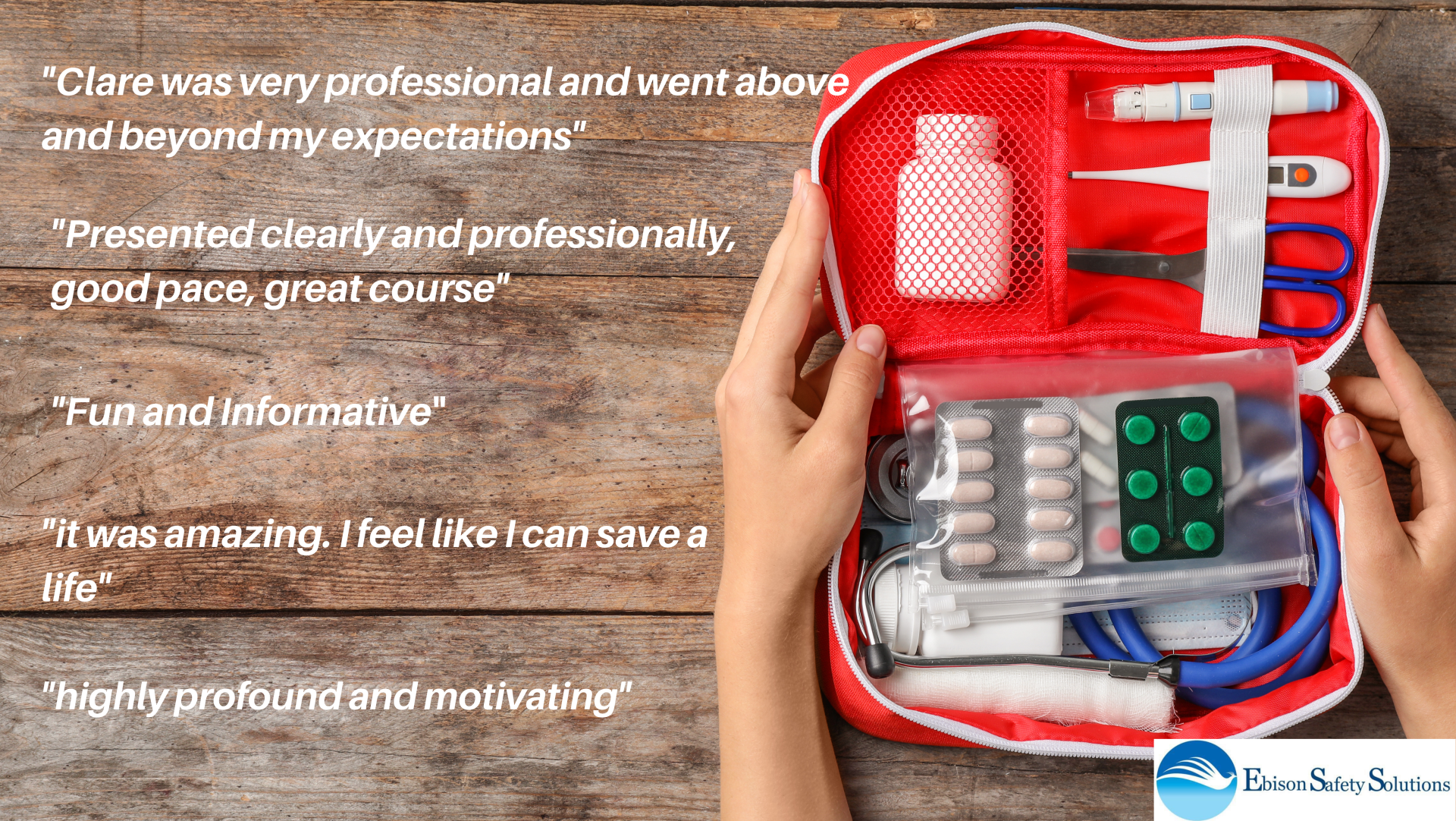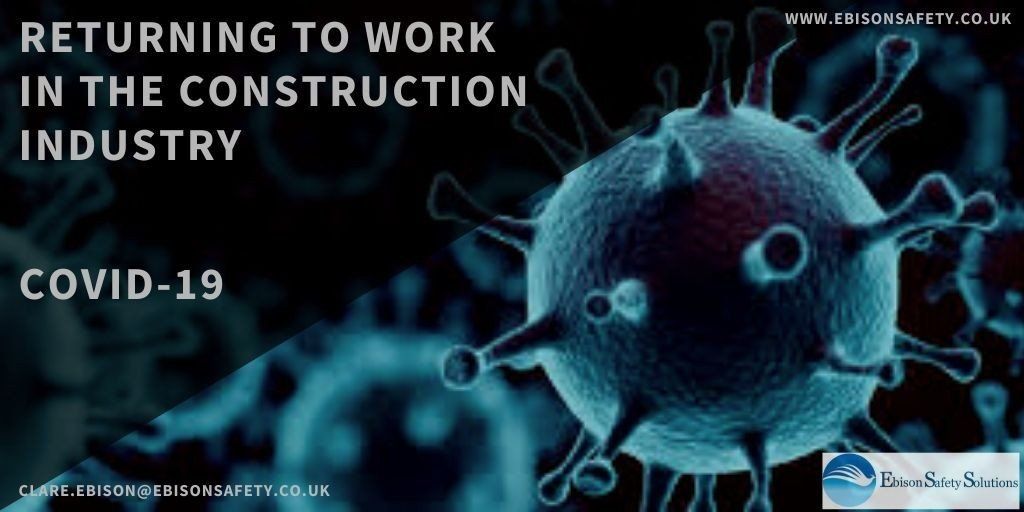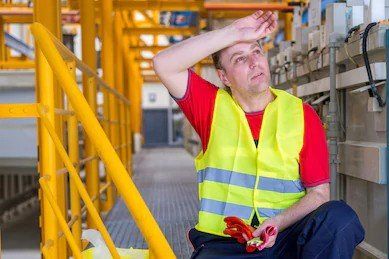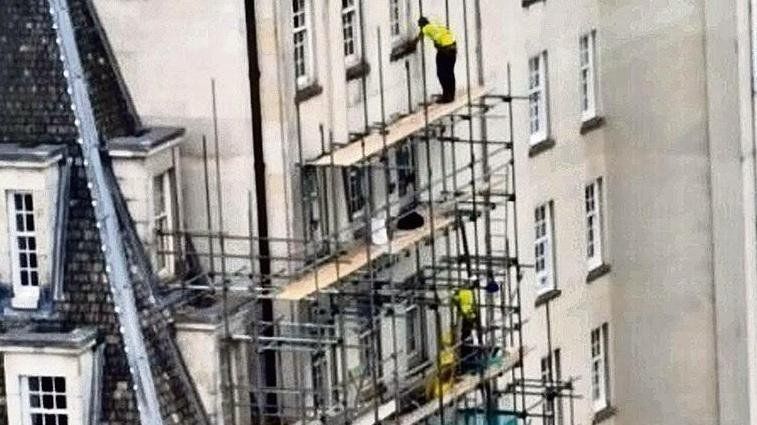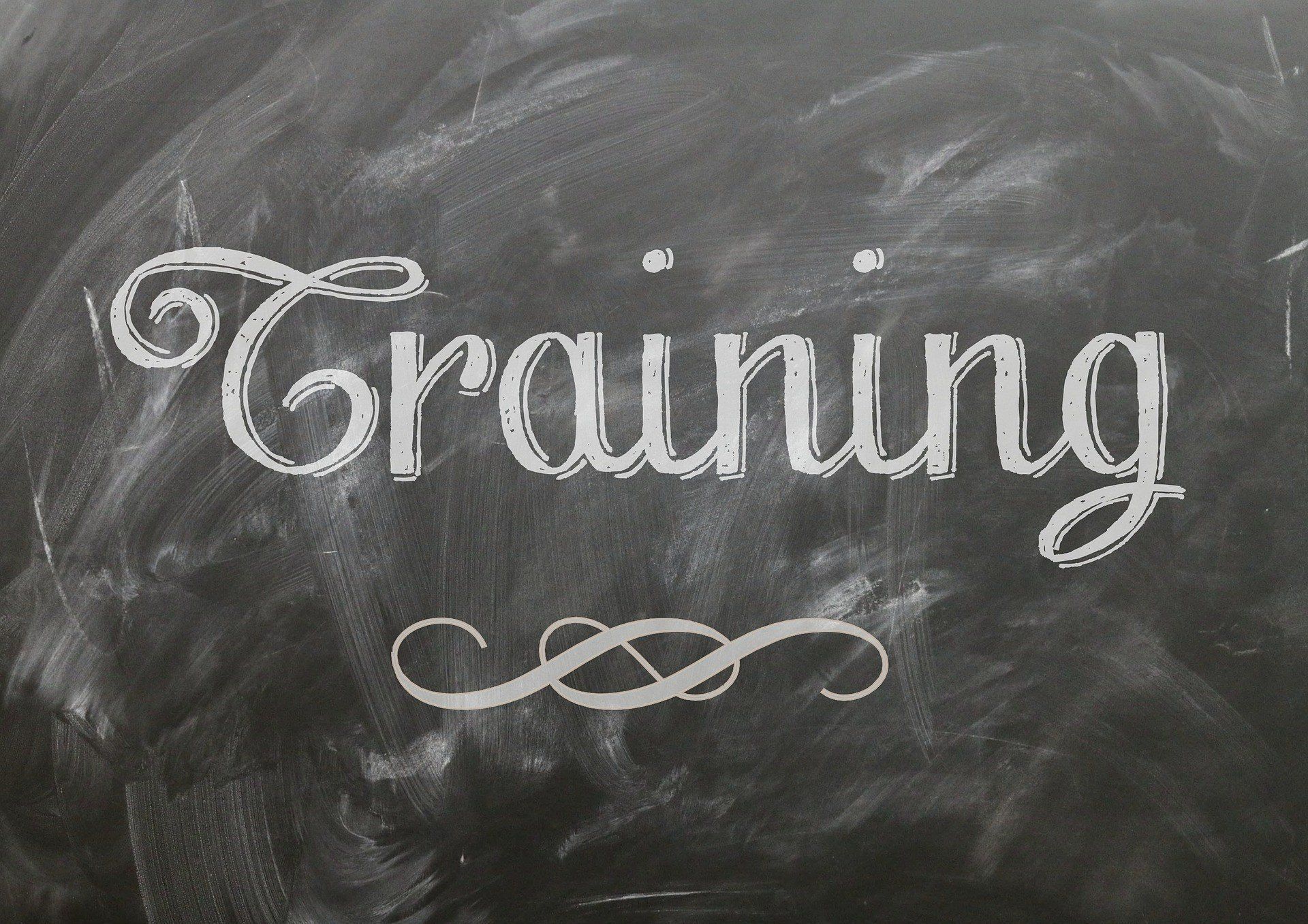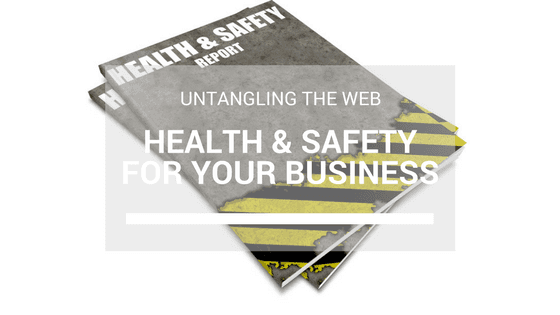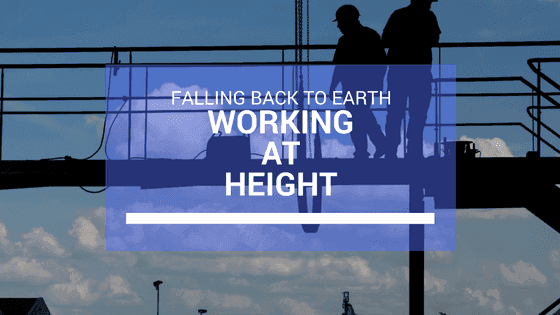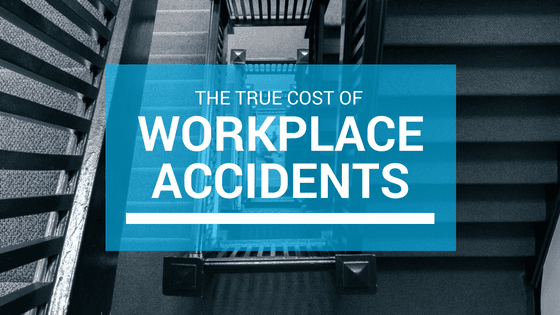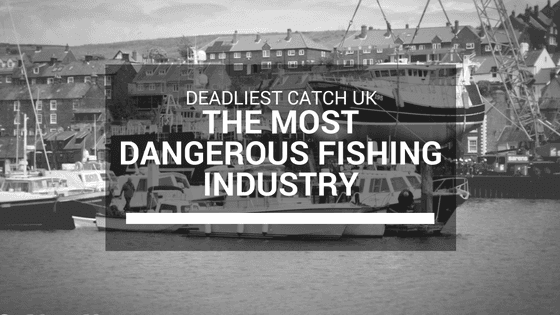A Guide to CDM 2015
- By Clare Ebison
- •
- 29 Jun, 2018
- •
Client, Principal Contractor, Principal Designer - what does it mean for you?
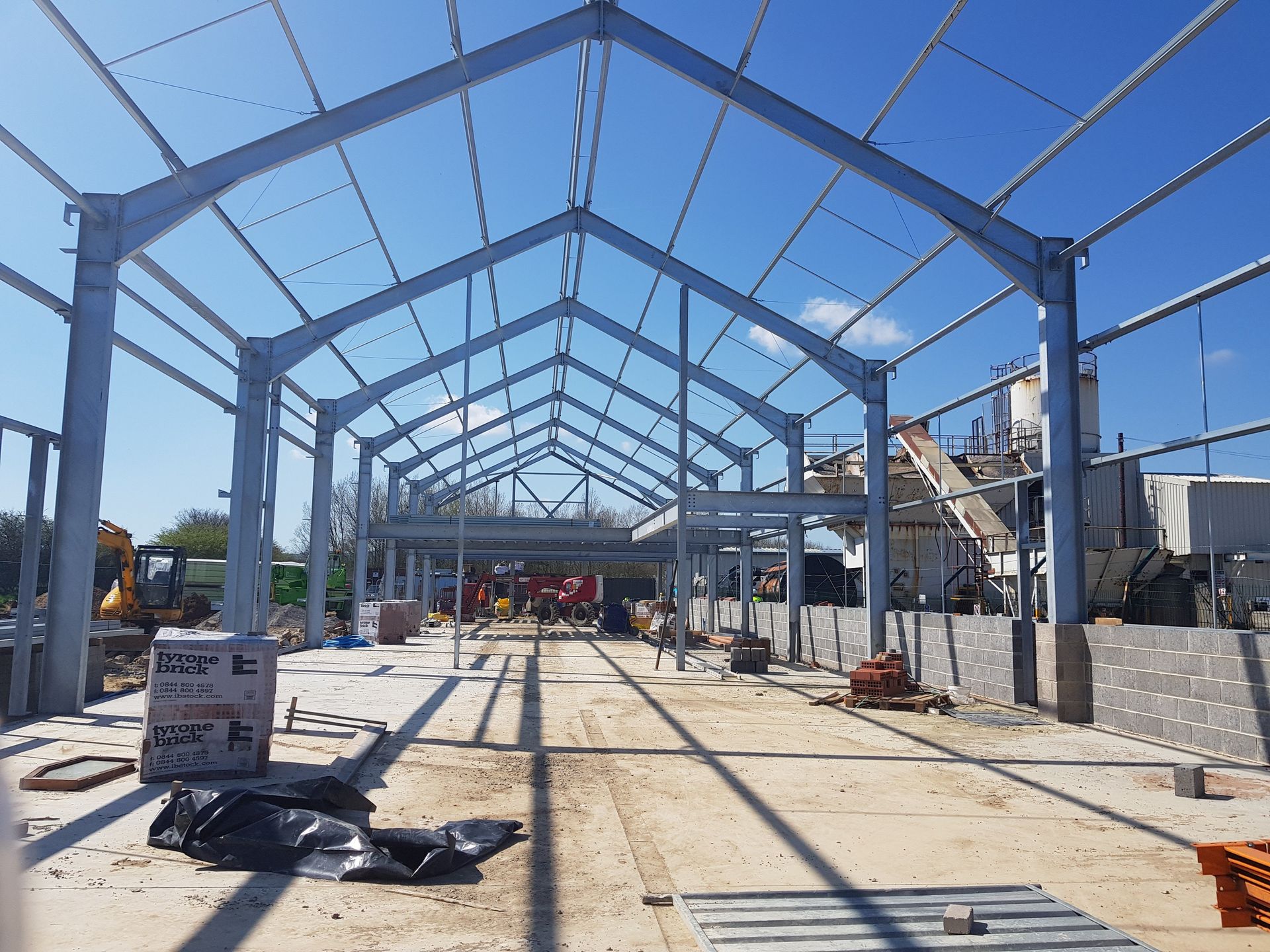
Unfortunately love it or hate it CDM 2015 is here and we have to work with it.
The good news is, if you understand the regulations and what you need to do, the regulations can work as an asset to your project.
The Key is in the understanding.
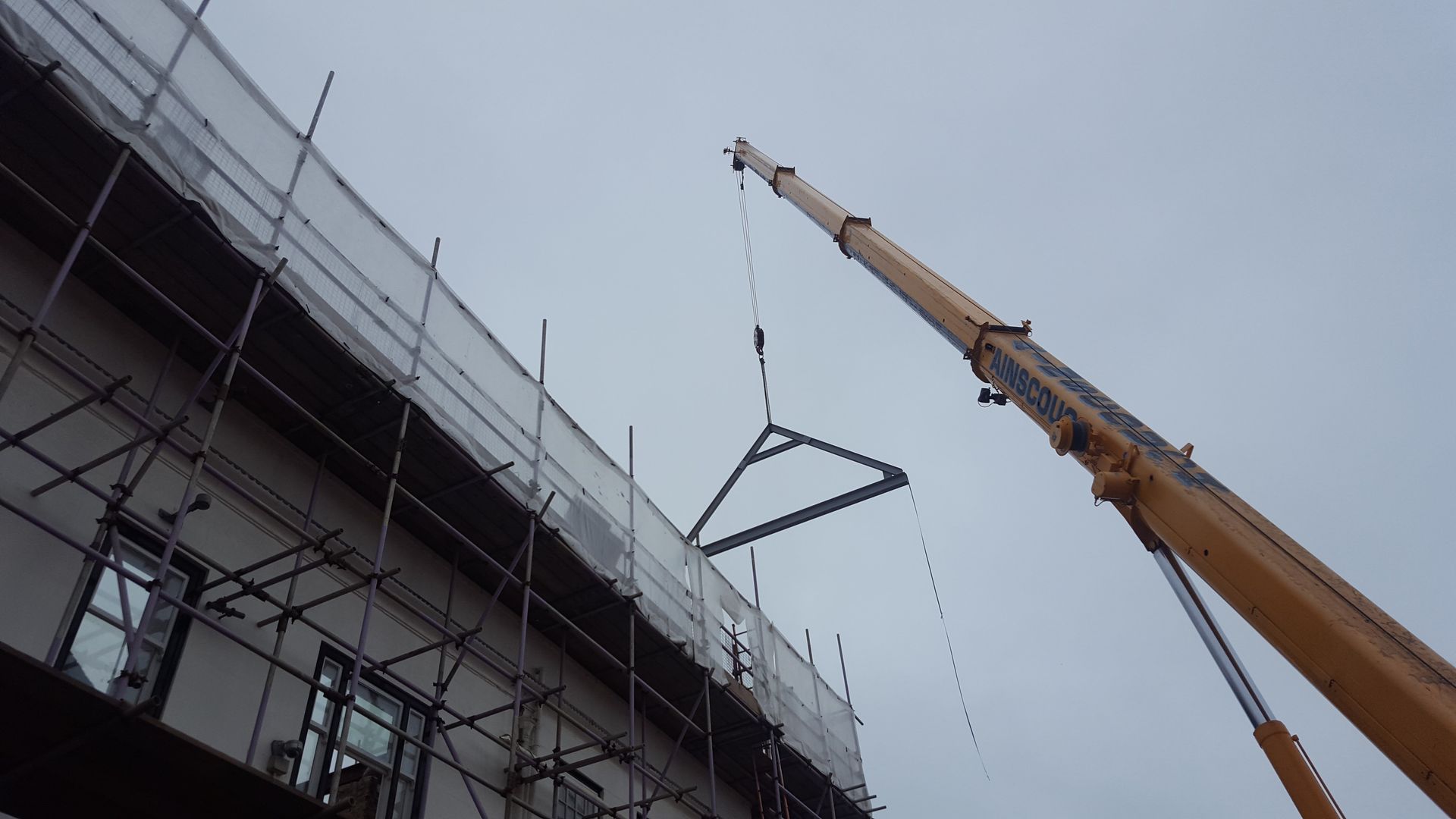
Who does CDM affect?
This is the organisation or individuals for whom a construction project is carried out.
The main duties for a client are to make suitable arrangements for managing a project. This includes but is not limited to:
- making sure other duty holders are appointed - if duty holders are not appointed the HSE can impose fines on a client
- make sure sufficient time and resources are allocated - it is a client's responsibility to ensure that time scales and resources are realistic given the scale of the work, this is where good communication with the Principal Contractor is key
- ensure that relevant information is prepared and provided to other duty holders
- make sure that the Principal Designer and Principal Contractor carry out their duties in line with CDM 2015
- make sure there are welfare facilities provided
These are people who have construction work carried out on their own home, or the home of a family member that is NOT done as part of a business, whether for profit or not.
Unlike the previous versions of the CDM regulations, Domestic Client now fall into the scope of CDM. However as most Domestic Client will have little to no knowledge of CDM their duties are normally transferred to the Contractor (if singular) or Principal Contractor if more than one contractor is involved.
However if the domestic client prefers they can choose for the Principal Designer to carry out their Client duties and have a written agreement in place to cover this.
The Principal Designer
A principal designer is appointed by the client of projects with more than one contractor.
It can be an organisation or an individual with sufficient knowledge, experience and ability to carry out the role.
The principal designer (PD) must be a designer and have control over the pre-construction phase of the project.
The PD is responsible for planning, managing, monitoring and coordinating health and safety in the pre-construction phase of a project.
This includes:
- identifying, eliminating or controlling foreseeable risks
- ensuring designers carry out their duties.
- Preparing and providing relevant information to other dutyholders.
The PD also liaises with the principal contractor to help in the planning, management and monitoring of the health and safety in the construction phase.
The PD will usually be an organisation or, on smaller projects,they can be an individual with:
- a technical knowledge of the construction industry, relevant to the project
- the understanding and skills to manage and co-ordinate the pre-constructionphase, including any design work carried out after construction begins.
The PD should have the organisational capability to carry out therole, as well as the necessary design skills, knowledge and experience.
A principal contractor is appointed by the client to plan, manage, monitor and coordinate health and safety during the construction phase of a project when there’s more than one contractor involved.
The principal contractor’s duty is to:
- plan, manage, monitor and coordinate health and safety in the construction phase of a project
- liaise with the client and principal designer
- prepare the construction phase plan
- organise cooperation between contractors and coordinate their work.
They must ensure that:
- suitable site inductions are provided
- reasonable steps are taken to prevent unauthorised access
- workers are consulted and engaged in health and safety matters
- welfare facilities are provided.
Designer
A designer is someone who as part of a business, prepares or modifies designs for a building, product or system relating to construction work.
The designer’s role when preparing or modifying designs is to eliminate, reduce or control foreseeable risks that may happen during construction or maintenance and use of a building after it’s been built.
The designer also provides information to other members of the project team to help them fulfil their duties.
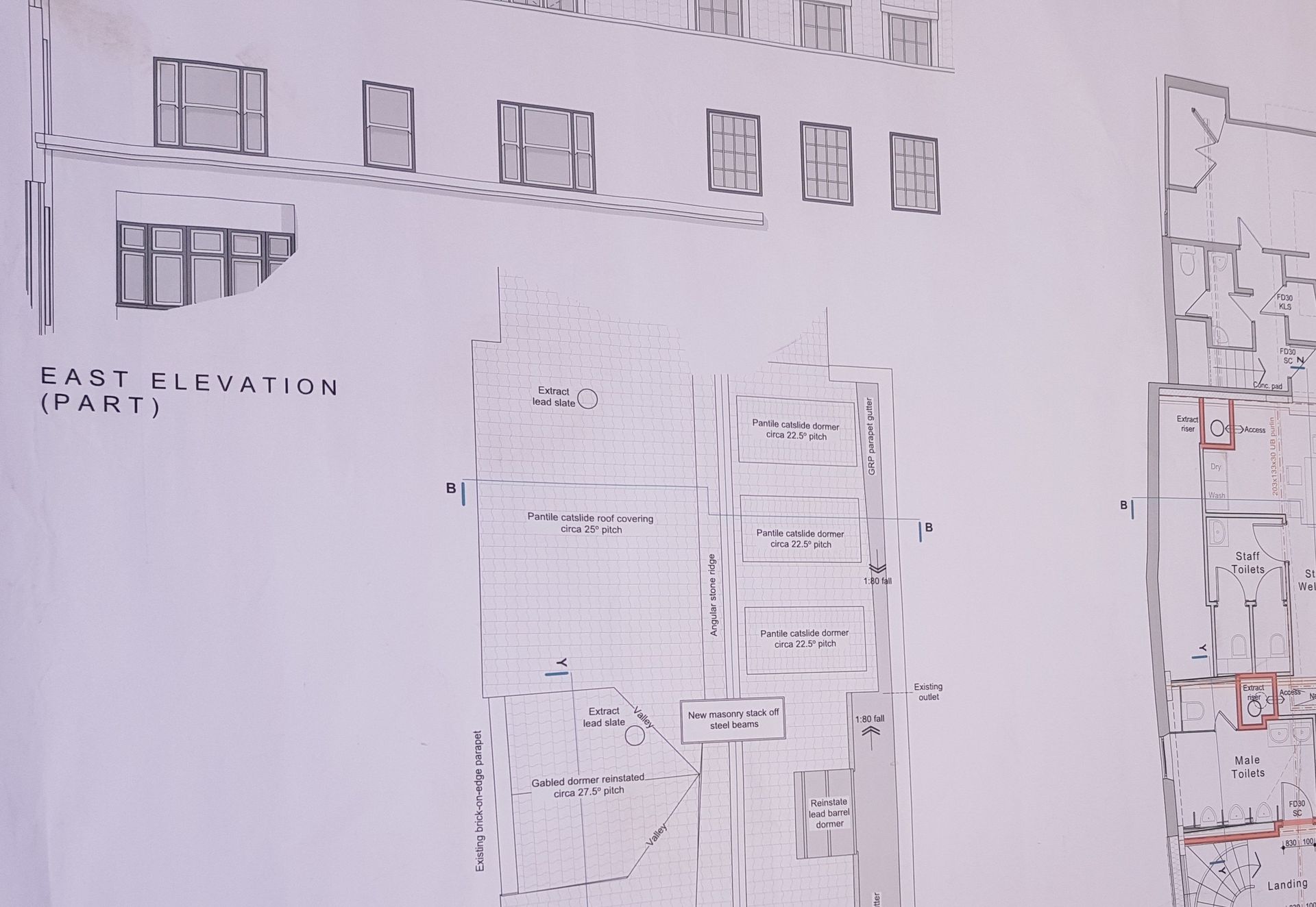
Contractor
A contractor is the individual or organisation doing the actual construction work.
If you are a sole trader, self-employed worker, individual or business carrying out, managing or controlling work in the construction industry then this guidance is for you.
Anyone who directly engages construction workers or manages construction work is a contractor.
This includes companies that use their own workforce to do the work on their premises and duties apply to all workers be they employees, self-employed or agency workers.
The contractor’s duty is to:
- plan, manage and monitor construction work under their control so that it is carried out without risks to health and safety.
- for projects involving more than one contractor, coordinate their activities with others in the project team – in particular, comply with directions given to them by the principal designer or principal contractor.
- for single contractor projects, prepare a construction phase plan.
Worker
A worker is an individual working for or under the control of contractors on a construction site.
As people working for or under the control of contactors on a construction site the workers have duties as well as their employers.
Workers must:
- be consulted about matters which affect their health, safety and welfare
- take care of their own health and safety and others who may be affected by their actions
- report anything they see which is likely to endanger either their own or others’ health and safety
- cooperate with their employer, fellow workers, contractors and other duty holders.
Key Points to Keep You CDM Compliant
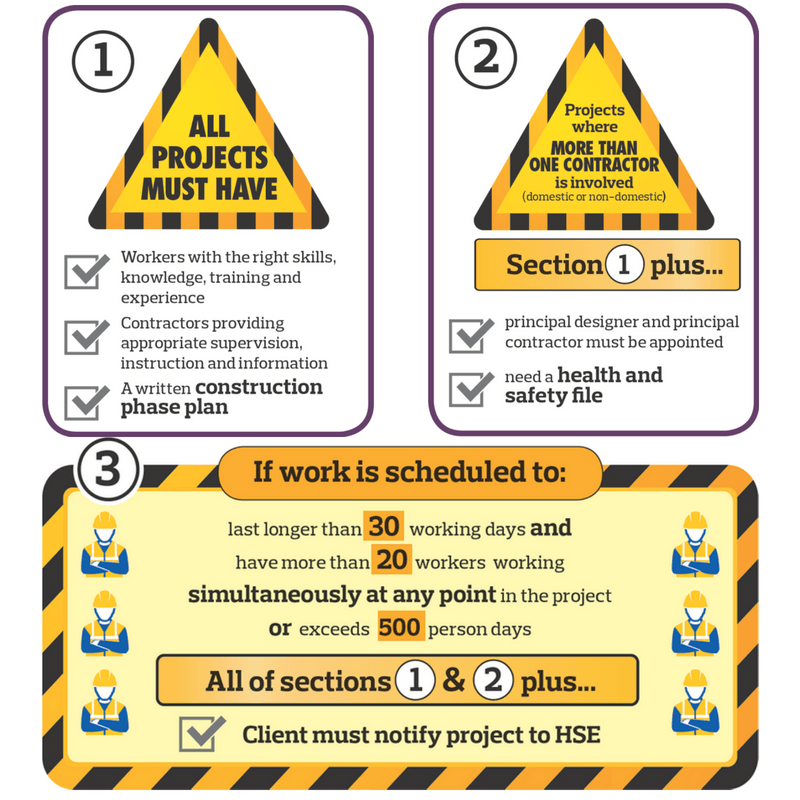
Regardless of the size of the project (domestic or commercial) they all MUST have the following.
- Workers with the right skills, knowledge, training and experience for the work they will be undertaking.
- Contractors who provide appropriate supervision, instruction and information
- A written construction phase plan that is suitable for the project. It must be of an appropriate level of detail for the complexity and size of the project, it must be specific to the individual project and must be kept up to date should anything change.
Once a project involve more than one contractor involved (including domestic projects), they MUST have the following in addition to everything above.
- An appointed principal contractor and principal designer
- A health and safety file
When a project is likely to reach a certain level of complexity the HSE MUST be notified. The criteria for notification is as follows:
- last longer then 30 days, and
- have more than 20 workers working simultaneously at any point in the project
- or will exceed 500 person hours
Top Tips From The HSE
I spent some time talking to an HSE inspector who has extensive experience inspecting constitution projects. I asked him to describe his "gold standard" of CDM compliance. Here's some of the key points he passed on:
- Wants to see projects where all the players clearly understand their roles within CDM2015
- All parties are proactive about the role of Health and Safety within their roles
- Selection of competent contractors from the beginning (not just Principal Contractor but all contractors)
- Principal Designer’s understanding that they have a role in designing H&S into the project
- Site health and safety visits and checks are conducted regularly, where necessary audits undertaken
- A construction phase plan that’s fit for purpose (appropriate detail, specific to the project, kept as a 'living document')
- Competent and experienced site managers (a site can stand and fall on these guys)
Penalties and Fines
In 2016 the Sentencing Council introduced new guidelines that could see much higher fines or even prison sentences imposed companies and individuals who breach health and safety laws, this includes construction companies who breach CDM 2015 regulation.
Since the introduction of CDM 2015 and the sentencing guidelines prosecutions and penalties have increased across the board.
Fines can go up to an eye watering £10 million or two years in custody for serious breaches.
Lack of knowledge
Although construction employers know health and safety is important, there is still a lot of confusion about what needs to be done to ensure compliance.
However, there is a simple way for employers to minimise the risk of these tough new sentences – which is to understand and comply with CDM and other relevant construction-related regulations.
We all want to see people stay safe on site and not have their health harmed. Putting the right procedures in place, as outlined in the regulations and guidance, is the best way to do that.
On the flip-side, if someone is seriously injured on site and the employer has failed to put the necessary procedures in place to minimise health and safety risks, they could be held responsible and face a hefty fine or even imprisonment.
Possible fines for health and safety breaches under the new sentencing guidelines
High culpability - high level of harm (harm category 1)
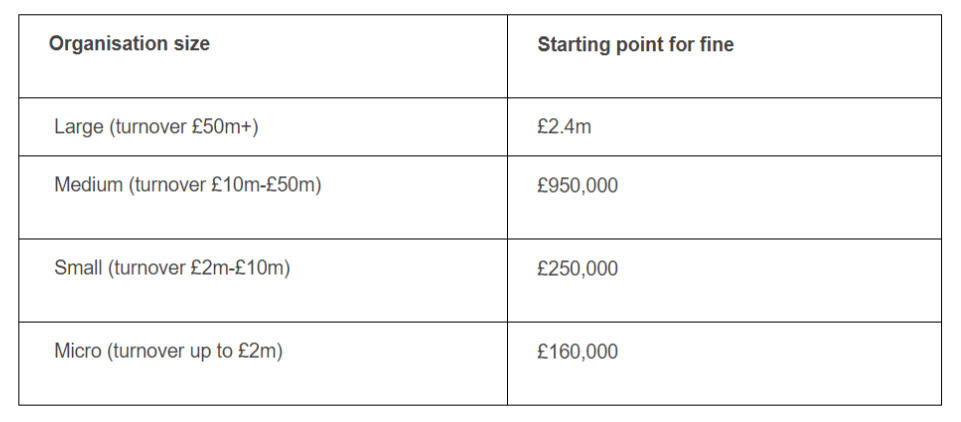
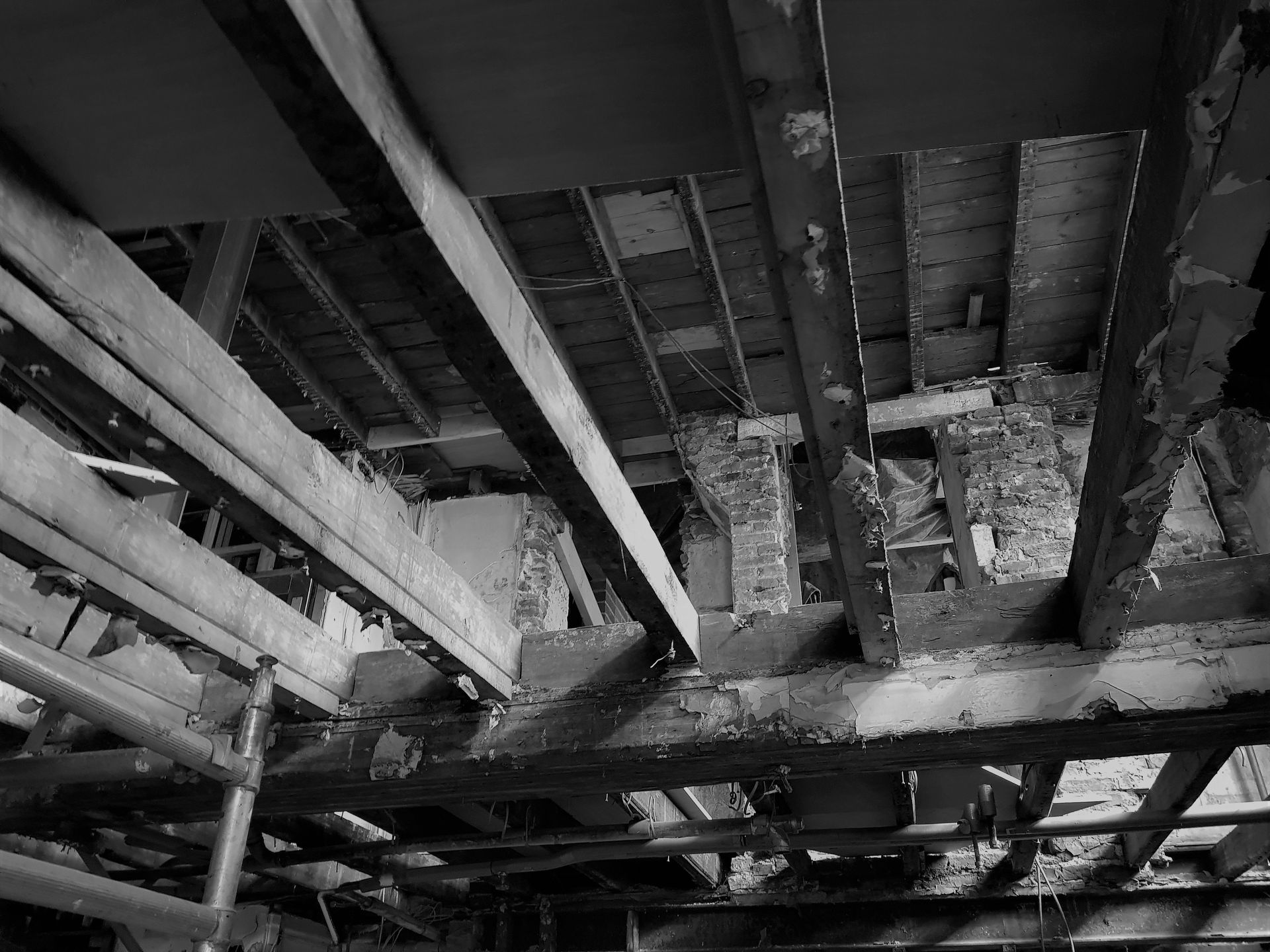
Final Thoughts
Personally, I wasn't sure I fully agreed with some of the changes, and to be honest I still don't. However now 3 years down the line the application of CDM has become much clearer, the concerns that came with it although still there became easier to address.
One of the biggest worries from both the construction industry and the Health and Safety industry was the removal of the CDC coordinator role. The CDM coordinator was a fully competent health and safety professional who was appointed onto a CDM project (like client, principal contractor, principal designer) and was responsible for all aspects of health and safety as well as coordinating the other roles and ensuring fluid communication.
With this role removed those responsibilities were distributed to the other roles. The client taking overall responsibility for health and safety on site, and the principal contractor and principal designer taking on a lot more responsibility for safety. It also placed the responsibilities for communication across the three key role.
The problem this created is although a lot of construction managers take health and safety seriously many don't have the in depth knowledge required, the same for a lot of client. This has led people very open to failure against the regulations, purely through lack of knowledge.
The common solution
The most common solution has become Clients of Principal Contractors engaging an external Health and Safety expert with CDM experience to help guide them and advise them of their responsibilities through the project, conducting inspections and visits, gathering all information needed, conducting due diligence check, writing and maintaining the construction phase plan, maintaining the health and safety file etc. This takes the pressure of the Principal Contractor freeing them up to do what they do best and giving the Client peace of mind.
CDM 2015 is now a few years old and for the most part works. There are no alternatives, and no exemptions, and there is no talk of it changing any time soon.
My best advice is to make sure it's a consideration right at the start of a project. Get everything in place at the beginning and it can make keeping compliant a lot easier.
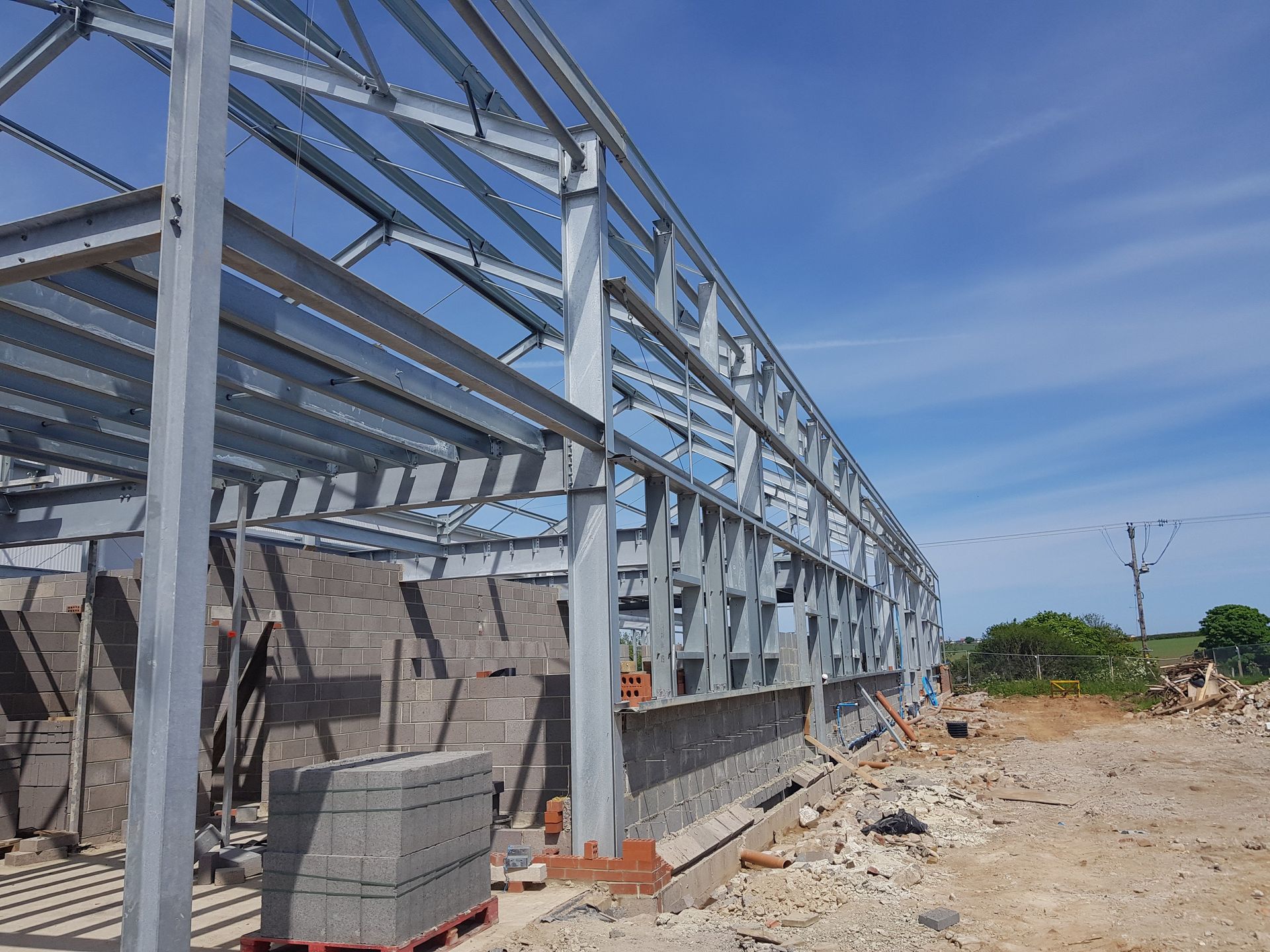
CDM Consultancy
CDM consultancy services include:
- Advise and assist the client with his/her CDM duties for the duration of the project.
- Notify (F10) the HSE of projects that fall into the notification criteria
- Take overall responsibility to ensure that health and safety issues are efficiently addressed prior and throughout the construction stage of a project.
- Accurately co-ordinate health and safety aspects of design work – ensuring co-operation with others involved with the project is maintained.
- Identify, collect and ensure the pre construction information is passed onto the right people at the right time.
- Ensure clear communication between client, designers and contractors.
- Liaise with the design team and Principal Contractor regarding ongoing design matters.
- Prepare/update health and safety files.
- Conduct due diligence checks on new contractors
- Conduct regular site visits
- Conduct site audit if and when required
- Provide ongoing health and safety advice.
If you would like to discuss your CDM support need please call on 07765012152 or contact HERE

